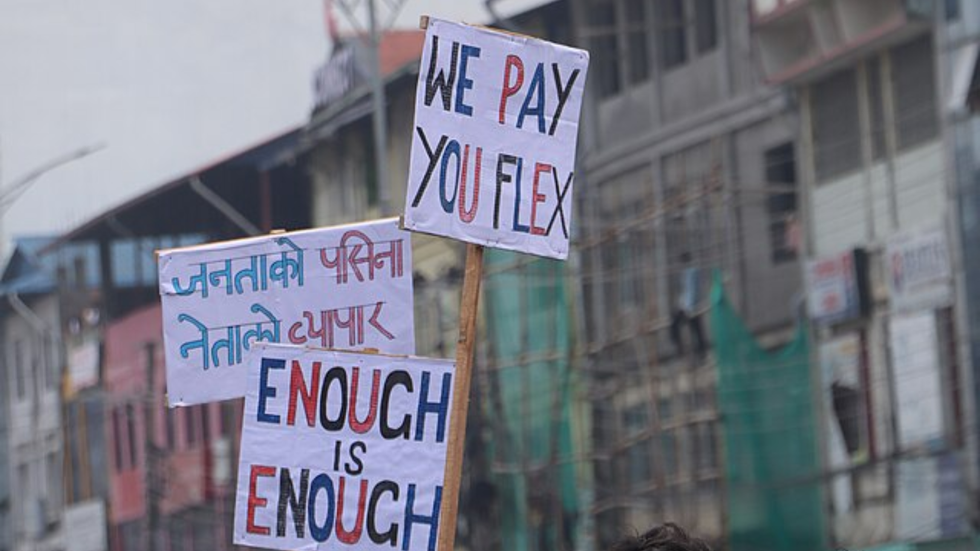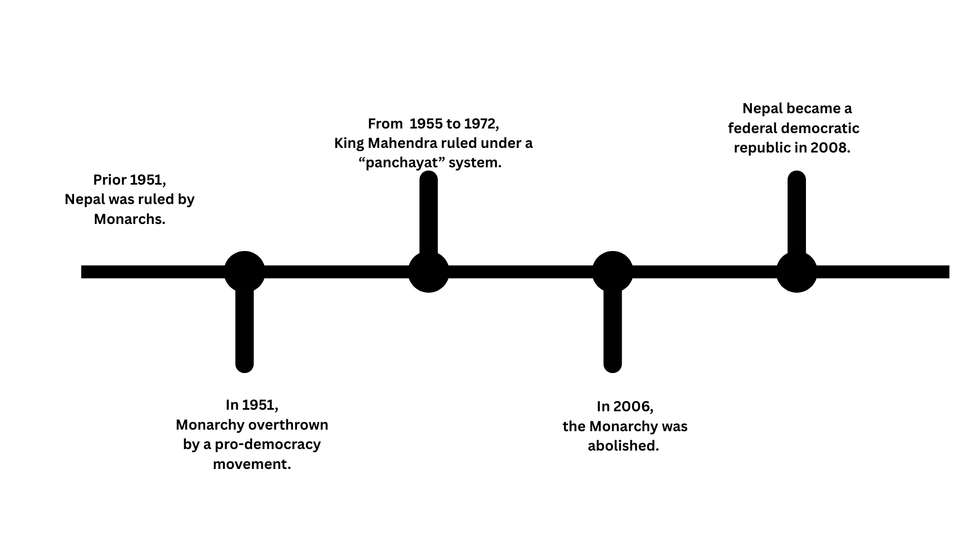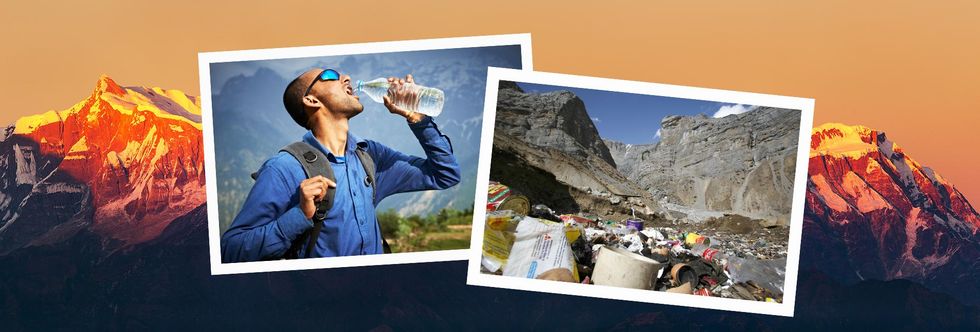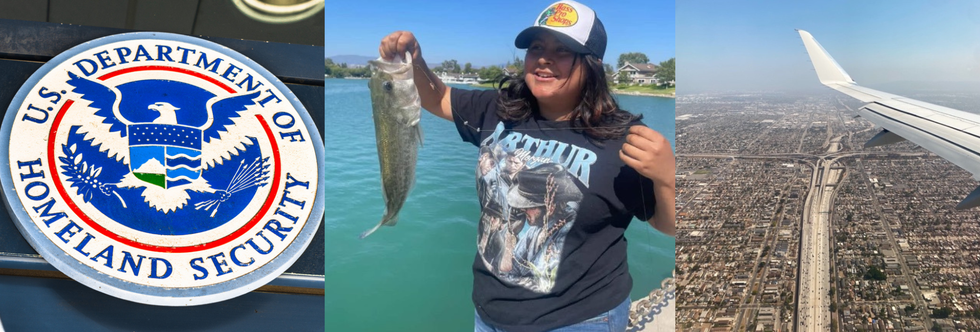The recent protests in Nepal were led by young people frustrated by government corruption and censorship. Here's what sparked the nationwide unrest.
This month, Nepal has experienced widespread protests with 30 people killed, government buildings burnt and the resignation of the prime minister.
So what has driven this outbreak of violence in the South Asian country? What are Nepali people demanding? And what does it mean for the country moving forward?
What happened in Nepal?
Nepal has experienced its largest wave of civil unrest in years, with youth-led demonstrations against corruption escalating into nationwide protest.
On the morning of 8 September, tens of thousands of protestors gathered in Maitighar, a neighbourhood in the capital city Kathmandu, intending to march to Parliament.
The protests were sparked by frustrations over corruption and the growing economic inequality.
Sujan Dahal, a young Nepali, told the Guardian:
"They used that money to improve their own lives, but there has been no change in the lives of normal people."
Around midday, clashes broke out between demonstrators and security forces, who used tear gas and water to disperse the crowds. Violence escalated after officers opened fire, leaving 19 dead and over 100 injured.
Later that day, the government imposed a curfew across central Kathmandu, covering the presidential palace, parliament and the Prime Minister’s office.
That evening, Prime Minister K P Sharma Oli (pictured above right) resigned. In a statement, he said: "In view of the adverse situation in the country, I have resigned effective today."
Protests continued the following day, with demonstrators gathering outside Parliament before breaking into the building.
Several government buildings, including the Parliament and the former royal palace Singha Durbar, were damaged or set on fire.
Outside parliament, demonstrators chanted slogans like: "Everyone suffers because of the prime minister."
Continued protests on 10 September saw the death toll rise to 30, with more than 1,000 people injured. Multiple buildings were burned or damaged, including politicians' homes and the Hilton Hotel, the tallest building in Nepal.
What sparked the protests?
Nepal’s high unemployment and growing economic inequality have played a key role in the protests. According to the World Bank, youth unemployment in Nepal currently stands at 20.5 per cent.
Widespread concern about corruption is also behind the protests. Nepal ranks 107th out of 180 countries on Transparency International Nepal 2025 Corruption Perception Index.
During the protests, Nepali citizen Darshana Padal told the ABC:
"Development has not been happening [because] these politicians are keeping all the money in their pockets. This is affecting our future."
There are also concerns about the misappropriation of international aid funding. A 2023 Action Aid assessment of foreign aid in Nepal highlighted "serious gaps and deficiencies" in the aid system. Nepal's own Auditor General Report, published in 2024, found that 22 per cent of disbursed loans went unaudited.
Why are young people leading this protest?
About 40 per cent of Nepal’s population is aged between 13 and 28, and many in this Gen Z group have led the demonstrations.
Twenty-year-old Nepali Arya Pratap, who lives in Melbourne, told SBS, "The main reason youths are protesting is because they have to travel to different countries to further their study and find work."

Protestors are also frustrated by the income gap between wealthy politicians and citizens, as well as the government’s recent social media ban.
What’s the role of social media in this crisis?
Nepal has the highest per capita rate of social media use in Asia. According to Statcounter, 87.5 per cent of Nepali citizens are on Facebook.
But earlier this month, the government announced a ban on 26 social media platforms, including Facebook, X and Youtube. This was because the platforms failed to meet the deadline to register with Nepal’s ministry of communication and information technology.
The government had justified the ban with the aim of tackling fake news, hate speech and online fraud.
Prior to the ban, the "Nepo Kid" trend went viral on social media platforms in Nepal. The videos spotlighted the lavish lifestyle of politicians’ children, followed by hashtags like #PoliticiansNepoBaby.
Gen Z views the social media ban as censorship. A protestor told the BBC the ban was to "silence" their voices against corruption and inequality.
There's a long history of political instability in Nepal
Nepal became a federal democratic republic in 2008, but frequent government changes have contributed to political instability since then.
The country has seen 14 governments in the past 15 years.
For the last decade, Nepal has been governed by the same three leaders - K P Sharma Oli, Sher Bahadur Deuba and Pushpa Kamal Dahal - on a rotating basis.
The most recent prime minister, K P Sharma Oli, first took office in October 2015. After serving for a year, he was subsequently elected for three-year terms in 2018, 2021 and 2024.
What's the back story to this movement?
Nepal was ruled by monarchs from various dynasties, including the Ranas, until 1951. The Ranas were overthrown in that year by a pro-democracy movement, and a parliamentary democracy was established.
But King Mahendra ruled from 1955 to 1972, after he dissolved the country’s first democratically elected government, banned political parties in 1961 and centralised power under the "panchayat" system. All government power was placed under the king's authority.
Then in the 1990s, public frustration led to mass demonstrations demanding the restoration of multi-party democracy. And in 1996, Nepal’s left-wing Maoists sparked a decade-long civil war as they sought to replace the monarchy with a republic.
In 2006, protests forced the abolition of the monarchy, and Nepal became a federal democratic republic in 2008.

What could these protests mean for Nepal’s future?
Former Chief Justice Sushila Karki has been sworn in as Nepal's interim prime minister. She is the the country's first female leader and was widely supported by protestors.
The 73-year old told local media that their support came with significant responsibilities.
"They believe in me [to lead for] a short time period for the purpose of doing elections."
Yet Nepal's future remains uncertain. While the country has established a republican system, corruption, weak governance and economic disparities continue to challenge stability.
What’s happening with Nepalese communities in Australia?
In Australia, Nepali communities held vigils in Melbourne and Sydney to honour those killed during the protest, with around 1,000 people attending.
Community members have also launched a GoFundMe campaign to raise emergency aid for injured protestors.
Related stories
Abisha is an undergraduate Media (Journalism) student at UNSW Sydney. She is engaged in both traditional print news as well as multi-media and digital storytelling, with a particular interest in the intersection of politics, culture and society.






As a checkout chick, I'm used to rudeness. But I can't bear the threats and violence